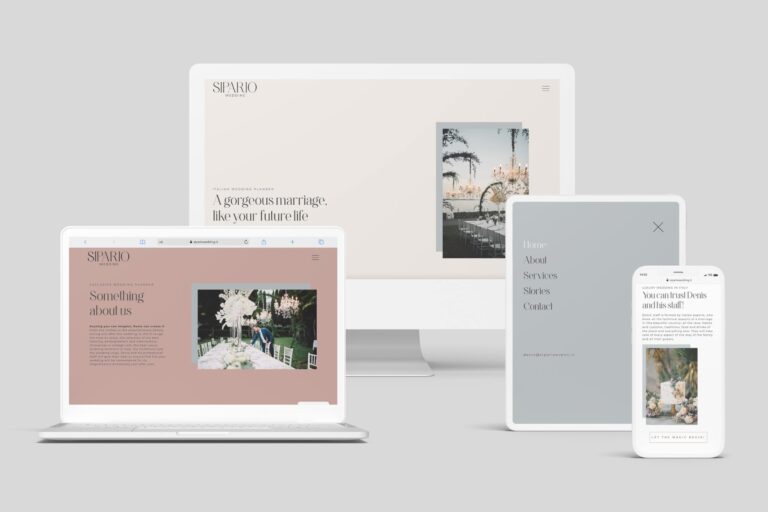
The 10 Factors That Impact Custom T-shirt Cost
Custom t-shirts are a fantastic way to express your individuality, promote your brand, or commemorate special events. However, when it comes to creating custom t-shirts, the cost is a significant consideration. The price of a custom t-shirt isn’t fixed and can vary widely based on several factors. In this in-depth guide, we’ll delve into the ten key factors that impact the cost of custom t-shirts, helping you understand the pricing dynamics and make informed choices for your custom t-shirt projects.
Factor 1: Quantity
The number of custom t-shirts you order plays a fundamental role in determining the cost per unit. In general, the more t-shirts you order, the lower the cost per shirt. This is because the setup costs for printing (like creating screens for screen printing or preparing digital files for direct-to-garment printing) are spread out over a larger vector artwork services quantity, making each t-shirt more cost-effective.
Factor 2: Printing Method
The printing method you choose significantly affects the cost. Common custom t-shirt printing methods include:
-
Screen Printing: Ideal for large quantities, screen printing has setup costs but becomes cost-effective in bulk.
-
Direct-to-Garment (DTG) Printing: Suitable for smaller quantities and intricate designs. DTG doesn’t have extensive setup costs but may be pricier per unit.
-
Heat Transfer: Often used for low quantities, heat transfer allows for full-color printing without high setup costs.
-
Sublimation Printing: Best for all-over printing on synthetic materials, it can be more expensive than other methods.
Factor 3: T-Shirt Style and Quality
The type of t-shirt you choose, including its brand and quality, influences the cost. Premium brands and high-quality fabrics usually cost more. Additionally, specialty t-shirts, such as eco-friendly or organic cotton options, tend to be pricier.
Factor 4: Design Complexity
The complexity of your custom t-shirt design affects the cost. Intricate and multicolored designs, as well as those requiring special printing techniques, may result in higher costs due to increased printing time and materials.
Factor 5: Print Size and Location
The size of the print and its location on the t-shirt also impact the cost. Larger prints and those covering more of the t-shirt surface area will generally be more expensive.
Factor 6: Color Count
The number of colors in your design affects the cost, especially in screen printing. Each color requires a separate screen, which adds to setup costs. Reducing the number of colors can help lower expenses.
Factor 7: Order Turnaround Time
Urgent orders often come with rush fees, as they require expedited processing and production. Planning well in advance can help you avoid these additional costs.
Factor 8: Add-Ons and Special Features
If you want additional features like custom labels, unique packaging, or special printing effects (e.g., metallic or glow-in-the-dark inks), these will increase the cost of your custom t-shirts.
Factor 9: Size Range
If you require a wide range of sizes, from small to extra-large or even extended sizes, this can impact the cost of embroidery digitizing services. Some manufacturers charge more for larger sizes, while others have a flat fee for all sizes.
Factor 10: Order Source
Where you order your custom t-shirts from also affects the cost. Ordering directly from a manufacturer or a printing company may offer cost savings compared to going through a middleman or a third-party vendor.
Conclusion
When it comes to custom t-shirts, understanding the factors that influence the cost is essential for making informed decisions. By carefully considering the quantity, printing method, t-shirt style, design complexity, print size, color count, turnaround time, add-ons, size range, and order source, you can tailor your custom t-shirt project to your specific needs and budget.
Custom t-shirts offer a unique way to express yourself or promote your brand, and with the right knowledge, you can create the perfect custom t-shirts that meet your requirements without breaking the bank. So, whether you’re planning a company event, designing merchandise, or celebrating a special occasion, take these factors into account to achieve your custom t-shirt goals while managing your costs effectively.



